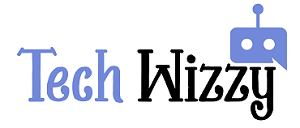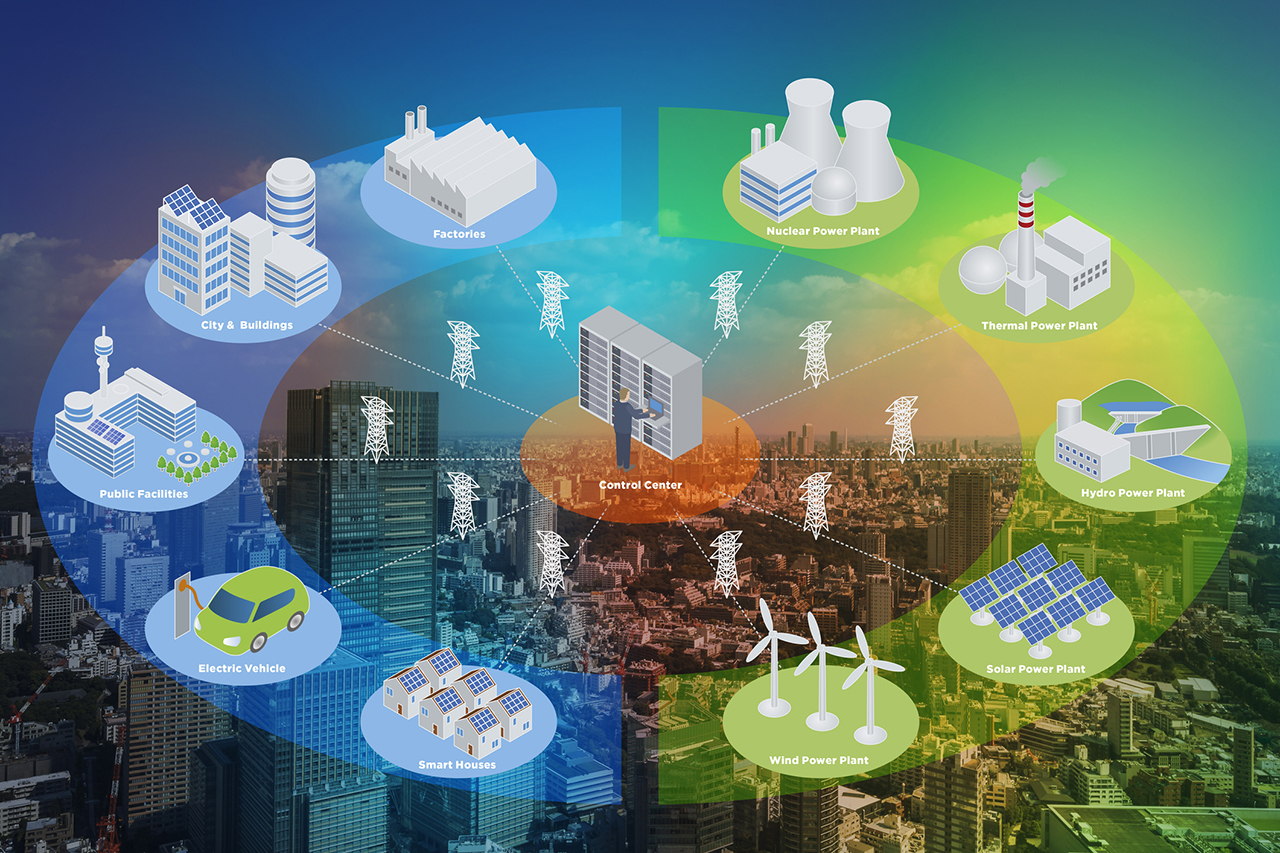Now more than ever, future-oriented organizations and companies, explore the opportunities that IoT in utilities provide. IoT (Internet of Things) has the potential of changing how businesses in this sector operates and offers services. This, in turn, improves efficiency, safety, and economic value, not to mention, it helps businesses reach their sustainability goals.
What is IoT?
IoT is a new technological advancement that uses the internet and various physical devices. Some regard it as a network of technology and linked solutions that allow communication of different devices and cloud. It helps to create IoT solutions and systems, and operates by exchanging and gathering data. To make this possible, IoT must include the following:
- IoT applications – These will allow end-users to control the entire system, set up their devices, and set preferences.
- Data analytics software – This analyzes the data you collect from different sensors and make a decision from there.
- IoT cloud – It is important for storing data.
- Connectivity – This includes communication gateways or protocols that transmits data to the cloud technology and receives command from Bluetooth, Wi-Fi, and cellular technologies, like 5G and LTE-4G networks.
- Hardware – Examples are actuators, sensors, and other smart tools, which are responsible for controlling a certain mechanism or collecting data.
How It Works in the Utility Industry
In the utility industry, connected IoT devices provide accurate measurements and predictive maintenance to guarantee security and manage distribution of energy better. IoT can establish a technological ecosystem that helps to address different challenges in the industry, like workplace safety, integrating energy into smart grids, fluctuating prices of energy, and balancing demand with supply. A sensor is a good example of an IoT device. If you combine it with AI analysis and a predictive machine learning model, a sensor can anticipate and monitor production of energy, offering efficiency across smart grids.
Connection between IoT and Utilities
To rationalize asset management, your utility company has to team up with IoT, machine learning, and big data service providers to leverage these technologies. The extensive use of IoT utilities presents a chance to manage and monitor energy efficiently, improve operational efficiency/safety, and minimize energy waste. And now that predictive management is possible, is now easy to achieve a safe and stable energy transformation. IoT also contributes a lot EV’s breakthrough, which increases the demand on smart grids. More importantly, it facilitates growth of sustainable energy production, which apparently is the need of the hour.
Challenges Affecting the Utility Industry
The utility industry faces a lot of challenges, which requires a transformative change. A good example is aging infrastructure. Because of age, utility systems are struggling a lot to meet all the demands of the ever-evolving world. In addition, urbanization and increasing growth of population results in the growing demand for sources, like energy and water. Apart from age, regulatory pressure also poses a great challenge. They need to comply with changing regulations that surrounds environmental impacts and meet the expectations of customers for quality services. Balancing all these requirements need a proactive and innovative approach that combines sustainability and efficiency.
What is the Role of the Technology in the Utility Industry?
Through IoT, utilities companies can optimize allocation of resources. Most companies use the technology to streamline gas/water/energy generation, business security, workforce management, and remote monitoring or surveillance. For instance, a water company can use an IoT device to detect leaks and provide proactive maintenance. This helps them minimize structural damage and water losses. They can also use IoT sensors when measuring turbidity, water pH, and chlorine levels, among other parameters. These sensors gather data in real-time, helping users minimize waste and optimize distribution of water.
Trends
Utilities are among the first industries to use IoT when IT experts introduced smart meters in Europe and in the US. By doing so, they got in real-time and accurate data that helps to eliminate costly technical issues, like poor management of data, data sharing, and data loss. New trends have also increased for the last few years, especially in the natural gas, water, and electrical sectors. Some of these trends include the following:
- Operational Efficiency and Regulatory Compliance
Regulations require you to record accurate meter data regularly. Then, you should make this collected data available to every actor in the grid, including consumers or producers. In addition, smart meters give utility companies the capability of upgrading and operating their nodes remotely.
- Smart Energy Grids
You will agree with us that IoT greatly contributes to smart energy grids. These networks of energy use the technology’s sensors to assess the consumption of electricity in the real-time. Balancing demand and supply efficiently enables smart grids to save energy, decrease gas emissions in the greenhouse, and minimize the risks of a power outage. The outcome of this is a more sustainable and resilient energy infrastructure.
- Mobile Visualization
Through this technology, mobile devices are able to minimize paper documentation and efficiently transfer information. For instance, an employer or a manager can send a digital checklist to their employees’ mobile devices to order them to have the right supplies and equipment to complete a particular project. Mobile devices also integrate with different legacy utility units to coordinate efforts accordingly. These devices use a sensor to help employees perform as they should through the following:
- OCR
- QR code recognition
- Smart Meters
Through IoT-based smart meters, business organizations can now access real time and rich data to offer quality services, boost profits, and minimize costs. In addition, they help to effectively stream distribution of energy, reduce power outages, and balance electrical loads through accurate forecasting.
- Smart Cities
Smart cities that we build on IoT technological solutions can improve life of people. Communities can do well with smart efficient energy/water use usage, smart buildings, smart trash removal, and safer streets when we connect and manage assets on IoT solutions that help to analyze streaming data.
Apart from alleviating daily concerns that energy consumers have, IoT also delivers more than what users want at a reasonable and lower cost. Financially, consumers benefit outright from data driven and the technology’s supported insights, while environmentally, it integrates with smarter grids to minimize waste and optimize energy consumption.










Social Media